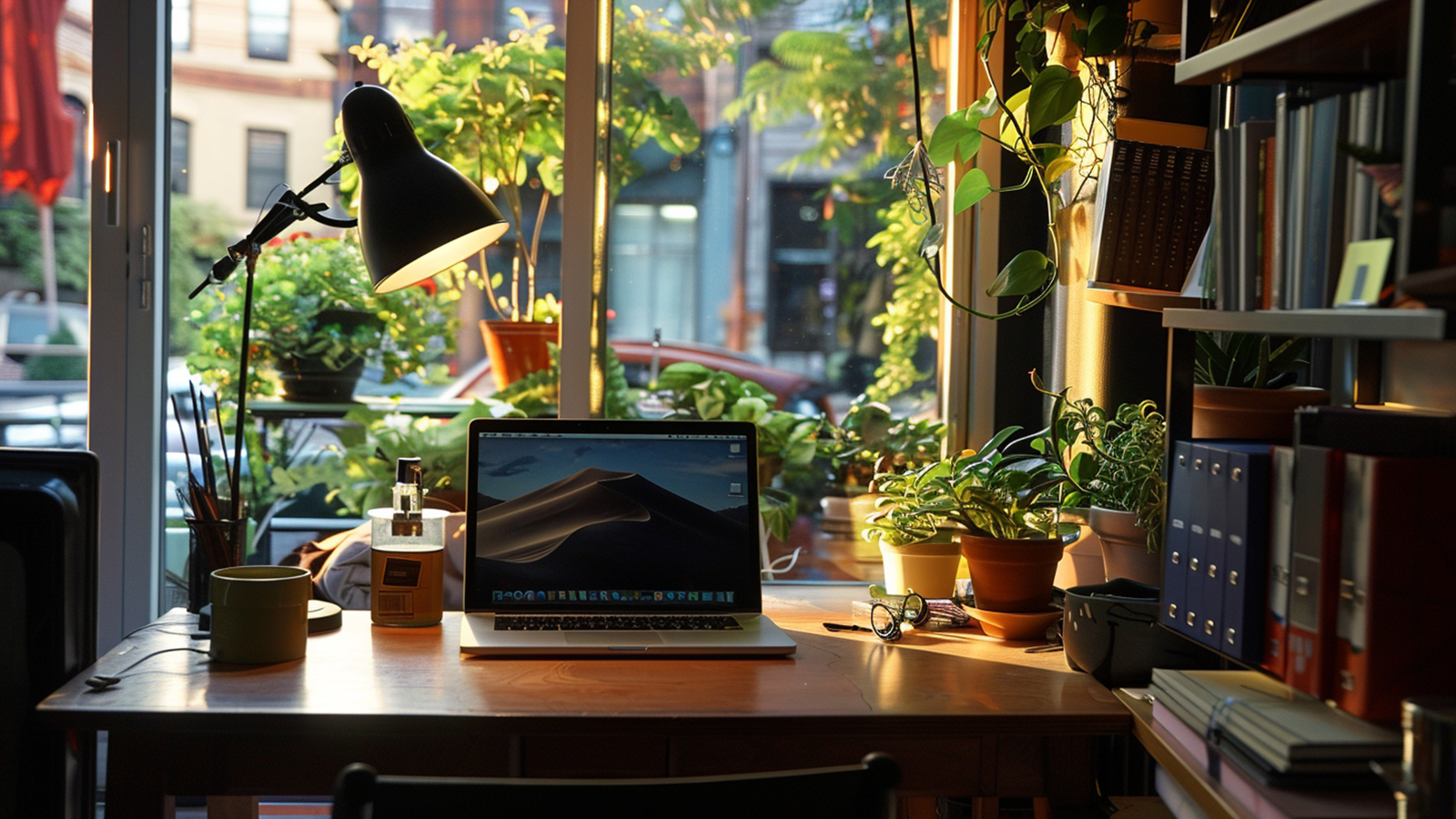
Image: Linda Nil Taskin Digital Art
I wanted to see a video on Instagram and suddenly all my chrome browser got black. I didn’t think it was about that video, tried again and again 3 times, even my browser acted like frozen… closed Google Chrome and restarted. I tried to see that video again, couldn’t hold myself but opened the page.. and again all Chrome went to all black.. interesting. I was suspicious but closed that Instagram page and clicked a YouTube video, I was hearing the audio but nothing to see, all black. Again I still didn’t understand what’s going on and though the video didn’t started yet… when I clicked another video, now I’ve got that my Chrome was having a problem with videos now?! Oh what to do?
After my first try to fix the black screen Google Chrome problem fixed easily in Windows 10, with easy 2 steps.
Chrome is one of the most popular browsers in the world, but many users reported Chrome black screen issues on Windows 10.
1- Extensions can be the cause of this problem, so be sure to disable all non-essential extensions.
2- If your Google screen has gone black, you can always try resetting your browser to the default.
To fix that, simply disable hardware acceleration and check if that helps.
Google Chrome black window – How can I fix black screen in Google Chrome?
Open Chrome and go to Settings > Show advanced settings.
Just disable the Use hardware acceleration when available option.
Restart Chrome.
It fixed my problem in a minute. If this didn’t fix yours:
Try to disable plugins one by one.
Click the Menu icon and choose More tools > Extensions
List of all extensions will now appear. Disable all extensions by clicking the switch icon next to the extension’s name.
After disabling all extensions, restart Chrome and check if the problem is still there.
If nothing helps at least temporarily you can switch to a different browser.
Or you can reinstall Chrome
According to users, sometimes in order to fix the black screen in Chrome, you need to reinstall it completely. Reinstalling Chrome might remove all your bookmarks and history, so you should export them or enable syncing.
Wait for a few minutes while Chrome resets to default. Now check if the problem is still there.
By following these steps, you should be able to fix any Google Chrome black screens that you may encounter.
- Disable hardware acceleration
- Create Google Chrome shortcut on Desktop (in case you don’t have it).
- Right-click the shortcut, and select Properties.
- Click on Shortcuts tab.
- In Target window, add the following text: “[space]–disable-gpu“ (so the path should look like chrome.exe” –disable-gpu”).
Google Chrome is arguably the best web browser available right now. It’s certainly the most popular among mobile and desktop users, according to statistics from NetMarketShare. However, even the best and most popular software can have hiccups. I recently ran into an issue where embedded videos on websites weren’t working at all. If you have run into a similar situation where videos are not playing, here’s a couple of things you can do to fix the problem.
Fix Videos in Website Not Playing in Chrome

Image: Linda Nil Taskin Digital Art
The other day I was tinkering with various settings in the Chrome browser. I didn’t have a reason to start turning things on and off other than being bored and curious. It was late at night, and I didn’t remember which settings I messed with. Well, the next day, I realized that embedded videos were not playing in Chrome.
Typically, videos on a website, including ours, are embedded from a streaming service like YouTube or Vimeo. Well, when I would come across one, usually the video box was completely blank.
Or, sometimes (like this example from the Android Oreo site), the video displayed the featured thumbnail. But after pressing play, I would be staring at just a blank black box. Audio and video playback controls were not accessible either.
The first thing to try is disabling hardware acceleration in Chrome’s Advanced Settings to fix the problem. You can get to Settings from the Options menu or type: chrome://settings in the address bar and hit Enter.
Next, scroll down near the bottom and under the System section, turn off “Use hardware acceleration when available,” and relaunch Chrome. Head to a site where a video was giving you a problem to see if it works.
If that doesn’t work, the next thing to do is delete some browsing history. In Settings, scroll down and select “Clear browsing data” under the Privacy and Security section.
Select Browsing history, Download history, Cached images and files, cookies, and other site data. Choose how far back you want to go — pick a time when you first noticed the problem.
Whether you use one of the options above or have to use both, you should be able to play videos again in Chrome.
Keep in mind that clearing your cookies will sign you out of most websites that require you to log in. That can be a pain if you don’t have a Chrome set to remember your passwords or use a third-party password manager such as LastPass or 1Password.
That’s why I suggest turning off Hardware Acceleration first. Hardware Acceleration is designed to give your CPU a break and handoff graphically-intensive tasks associated with displaying pictures, text, and videos to your GPU. In general, this should result in pages loading faster, but it can also cause quirky problems from time to time. If that fixes your problem, you can go in and turn it back on.
Linda Nil Taskin